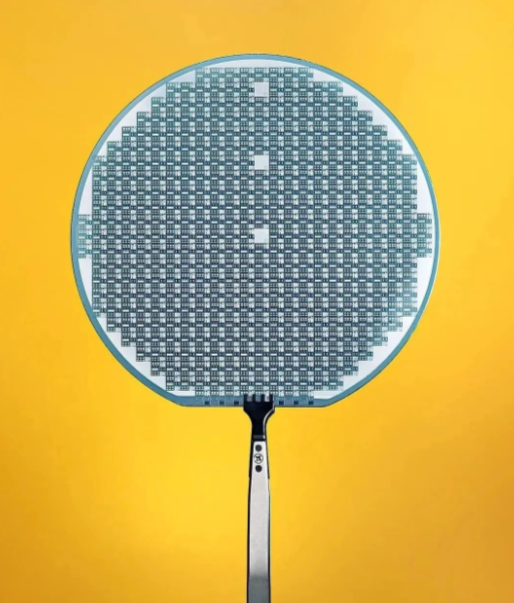Since about 2001, compound semiconductor gallium nitride has triggered a lighting revolution, which in some ways is the fastest technological change in human history.
SiC leads GaN in today‘s power conversion field. Cree (now Wolfspeed) launched the first commercially feasible SiC transistor better than silicon in 2011. It can block 1,200 volts and has a fairly low resistance of 80 milliohms when transmitting current.
Compared with GaN, SiC has other advantages. SiC MOSFET is essentially a "fail-open" device, which means that if the control circuit fails for any reason, the transistor will stop transmitting current. This is an important feature, because it largely eliminates the possibility that failures may lead to short circuits and fires or explosions.
The main advantage of GaN is its extremely high electron mobility. Current, the flow of charge, is equal to the concentration of charge multiplied by their speed. Therefore, due to high concentration or high speed or a combination of the two, you can get a high current. GaN transistors are unusual, because most of the current flowing through the device is due to electron velocity rather than charge concentration. In practice, this means that less charge must flow into the device to turn it on or off than Si or SiC. This in turn reduces the energy required for each switching cycle and helps to improve efficiency.
Considering these comparative advantages and disadvantages, let‘s consider each application one by one and clarify how things may develop:
Electric vehicle inverters and converters
Tesla introduced SiC for its Model 3 on-board or traction inverter in 2017, which is an early major victory for the semiconductor. In electric vehicles, the traction inverter converts the DC of the battery into the alternating current of the motor. The inverter also controls the speed of the motor by changing the frequency of alternating current. The higher switching speed that GaN may achieve will become a powerful advantage of EV inverters, because these switches use so-called hard switching technology. Here, the way to improve performance is to switch from on to off very quickly to minimize the time the device maintains high voltage and passes through high current.
Grid applications
At least in the next decade, the conversion of ultra-high voltage power supply for devices with a rated voltage of 3kV or higher will remain the field of SiC. These applications include systems that help stabilize the grid, convert alternating alternating current into direct current and converting it back at transmission-stage voltage, and other uses.
Mobile phones, tablets and laptop chargers
GaN‘s high switching speed and its generally low cost make it the dominant of low-power markets (25 to 500W), where these factors, as well as small size and robust supply chains, are crucial.
Solar micro-inverter
In recent years, solar power generation has been successful in grid scale and distributed (home) applications. For each installation, an inverter is required to convert the direct current of the solar panel into alternating electricity, powering the home or releasing electrical energy to the grid. Today, grid-scale photovoltaic inverters are in the field of silicon IGBT and SiC MOSFET. However, GaN will begin to enter the distributed solar energy market, especially.
Micro-inverters or traditional inverter systems are crucial to modern data centers. Coupled with the battery, they created an uninterruptible power supply to prevent power outages. In addition, all data centers use power factor correction circuits to adjust the AC waveform of the power supply to improve efficiency and eliminate the characteristics that may damage the equipment. For these, GaN provides a low-loss and economical solution, which is slowly replacing silicon.
The microwave communication system using silicon on insulator technology provides a 5G+ solution using high-frequency silicon devices, in which the low output power of each device is overcome by a large number of arrays. GaN and silicon will coexist in this field for some time. The winner of a specific application will depend on the trade-off between system architecture, cost and performance.
The battle of broadband gap has just begun.
Today, SiC dominates EV inverters, and is usually in places where voltage blocking capacity and power processing capacity are crucial and the frequency is low. GaN is the preferred technology that is crucial for high-frequency performance, such as 5G and 6G base stations, as well as radar and high-frequency power conversion applications, such as wall plug adapters, micro inverters and power supplies.
But the tug-of-war between GaN and SiC has just begun. Regardless of competition, one application, one market and one market, we can say with certainty that the earth‘s environment will become the winner. As this new cycle of technological renewal and renaissance moves forward unstoppably, billions of tons of greenhouse gas emissions will be avoided in the next few years..jpeg)
.jpg)



.jpeg)
.jpg)
